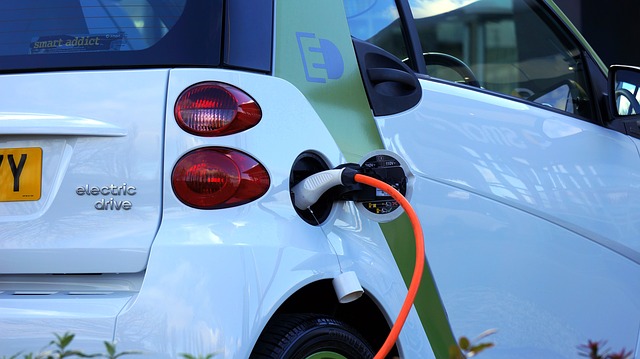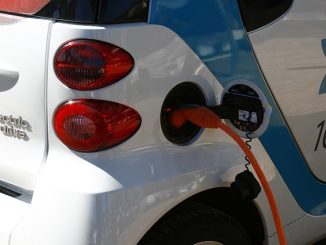
The component is called LIDAR and it stands for Laser Illuminating Detection and Ranging System, or simply Light Detection and Ranging. This is the technology that makes it possible for self-driving cars to see what’s going on around it. In other words, LIDAR is the car’s eyes.
So how does LIDAR work? It’s placed on the roof of a car — a small tower with a rotating camera. Using its array of laser beams, it creates 3D images of the objects it sees — including buildings, cars, trees, people and everything else that can obstruct its driving path — then calculates the distance of the object from the vehicle based on how long it takes the laser beams to hit the object and return. This information allows the car to continue driving without hitting anything.
When the technology was first introduced, each LIDAR unit cost $75,000. As you can imagine, that in itself guarantees how expensive it will be to produce a single self-driving car. That was in 2009. Now, LIDAR’s cost has been cut down by 90%. With this reduction, making self-driving cars just got way cheaper. And Waymo — Google parent company Alphabet’s maker of self-driving car technology formerly known as the Google Self Driving Car Project – is mow making it possible to produce self-driving cars that even the masses can afford. John Krafcik, CEO of Waymo, was quoted as saying: “Our latest innovations have brought us closer to scaling our technology to potentially millions of people every day.”
It’s poised to be a double win for Waymo. More than just bringing down the cost of LIDAR, their technology has vastly improved too. Now, LIDAR has short and long range sensors which allow spotting of big and small objects near the vehicle as well as far from it.
Moreover, the company has been working on keeping the entire production process in-house (which means no more outsourcing) — building their own sensors, cameras and mapping software, and consequently allowing them to have more control over their hardware. And with the information they’ve gained from doing miles and miles of test-driving — a combination of 2.5 million miles of actual driving on city streets and billions of miles of computer-simulated driving — there’s no reason to think that they will not be able to come up with modifications and innovations that can further improve the vehicle’s performance and potential applications.
“We can imagine our self-driving technology being applied in a variety of ways: personal transportation, ride hailing, logistics and public transport solutions just to name a few,” CEO Krafcik said in a report by Forbes.
Before this month ends, Waymo is scheduled to start testing its latest in-house technology in Chrysler Pacifica Hybrid Minivans — the modified version of their vehicle resulting from their collaboration with Fiat-Chrysler. If all goes well, Waymo is forecasting that their self-driving technology will become commercially available by year end.
On the other hand — BMW, Ford Motors, Tesla and Volvo are all promising to deliver fully autonomous vehicles within the next 5 years. That’s quite a big time difference with Waymo’s bold prediction. Which means the race to be first just got hotter.
Disclaimer: This page contains affiliate links. If you choose to make a purchase after clicking a link, we may receive a commission at no additional cost to you. Thank you for your support!



Leave a Reply